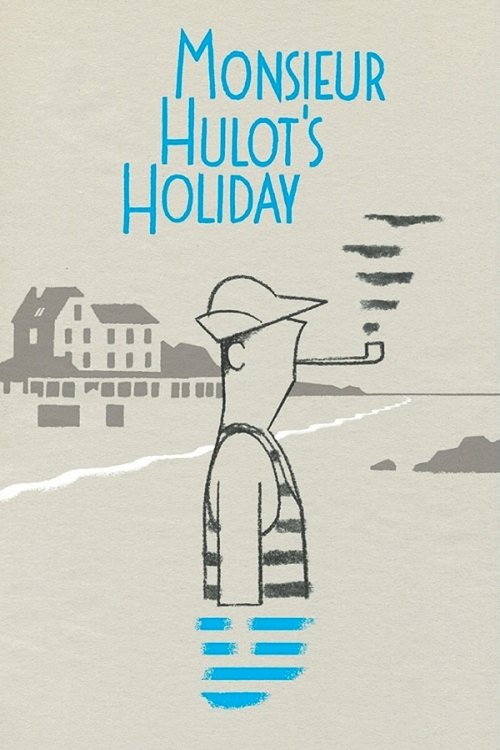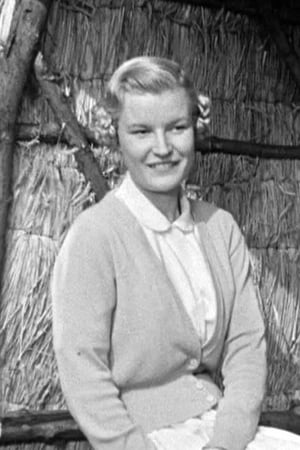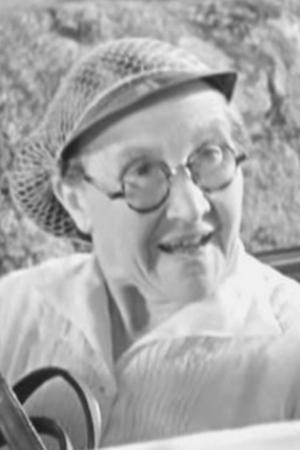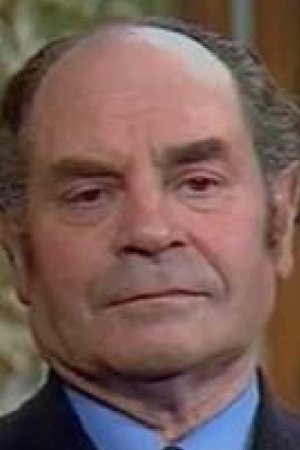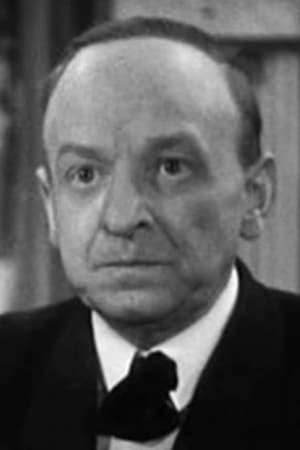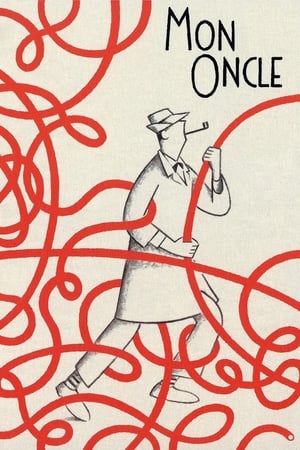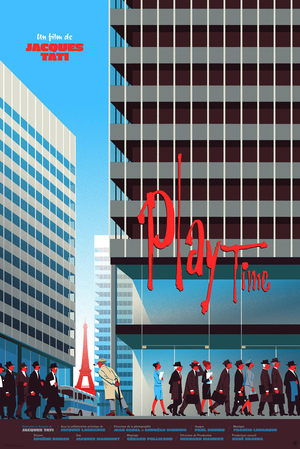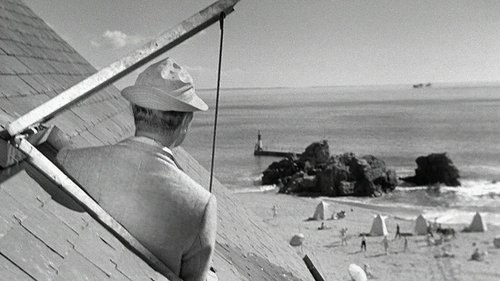
CinemaSerf
7
|
Jun 14, 2025
Anyone remember the “Huggetts”? Well I reckon Jacques Tati had similar frolics in mind when he despatched “M. Hulot” on holiday just a few years after they had had their own holiday camp experience. Unlike them, though, “Hulot” has the seaside to serve as the foil for his dead-pan, slapstick, escapades as his arrival at a hitherto peaceful resort causes an equal measure of mayhem and havoc. Right from the outset in his glorified jalopy, you just know that this has comedic disaster written all over it and true to expectations, that is what we get. His unique style of playing tennis raises murmurs and eyebrows and one has to wonder if the perplexed “Martine” (Nathalie Pascaud) really knows what she is letting herself in for. For the most part the jokes are visible from space, but they still work well thanks to an amiably characterful delivery from Tati and an whole host of supporting folk who could all really be locals - with typically local responses to his haplessness. Though not quite of the circus variety, the sound effects do much of the work here in supplementing - even replacing - a dialogue that is there when needed, but not so much more prevalent than that in an early Chaplin movie. This also benefits from a much more fluid narrative. It’s not just a join-the-dots style of production, but more an overlapping series of sub-stories that don’t all work, but most of them thrive. Again, like his more reserved British counterparts from the later 1940s, Tati seems to be extolling the virtues of cinematic joy here. Fun for the sake of fun - and it’s quite contagious for an calamity-packed couple of hours.
